When you are scrolling through your Google Wallet app, you might notice something new tucked alongside your payment cards and transit passes. Google has been quietly rolling out support for Play Points as a loyalty card within the Wallet app, according to Android Authority. It makes sense once you think about it, your Play Points are just another kind of digital reward card, so why not keep them with everything else?
This is not Google adding fluff. The company has been turning Wallet from a simple payment tool into what it calls a comprehensive digital card hub. Google Wallet now handles everything from transit passes to membership cards, as reported by Android Authority. With Play Points joining the mix, you can track gaming and app purchase rewards right next to your coffee shop punch cards and gym memberships.
Here is the twist. Unlike storing external loyalty programs, this move links Google’s own rewards ecosystem to its wallet platform, essentially positioning Wallet as the home base for Google’s customer retention strategy.
What this means for your digital wallet experience
If you regularly download apps or make in-app purchases through Google Play, this could be handy. Once you manage to add your Play Points to Wallet, you can see your current point level, check your status tier, and view your total points without hopping over to the Play Store, according to Android Authority. Quick peek, quick hit of dopamine.
There is a catch. The rollout is cautious, access appears limited for now, with only some users able to add Play Points in Wallet, as noted by Android Authority. The feature surfaced through Play Store notifications spotted by the Japanese tech blog Jetstream, according to Android Authority. So if the option is missing on your phone, you are not doing anything wrong, Google is just taking its time.
That caution hints at testing more than basic plumbing. Adding an external loyalty card is mostly digitizing an existing barcode. Integrating Play Points ties Google’s gaming economy to payment behavior, which creates new data flows that need careful privacy and performance checks.
The timing lines up with recent Wallet enhancements like nearby pass notifications that alert you when you are close to relevant locations, according to 9to5Google. Play Points goes beyond location nudges, it helps build habit loops that pull you back into Google’s broader ecosystem.
How Play Points fit into the bigger picture
Play Points rewards engagement across Google Play services, whether you are making in-app purchases, buying digital content, or trying featured apps, according to Google’s blog. Since launching in 2018, Today, over 220 million members use Play Points to earn points and rewards, as reported by Google.
Redemption is not just game vouchers. In the U.S., members can trade points for things like $10 off DoorDash orders or Instacart grocery deliveries, according to Google’s blog. There is even a merch store for Google-branded gear, t shirts, sunglasses, water bottles, and yes, Chrome Dino socks, as noted by Google.
Here is the interesting part. Bringing Play Points into Wallet turns a passive card holder into an active nudge engine. Traditional loyalty storage is passive, you scan someone else’s barcode and move on. With Play Points in Wallet, every balance check is a reminder of rewards you could be earning or claiming. Tiny prompts, frequent touches.
That matters, because Google Wallet serves somewhere between 200 to 250 million users globally, according to Chargeflow. Put Play Points in front of that many daily wallet interactions and you get a steady drumbeat of Play Store engagement.
What to expect moving forward
The gradual rollout suggests a fresh feature with access still limited to select users, according to Android Authority. Slow and steady lets Google squash bugs and collect feedback before opening the gates.
There is more to it than bug hunts. Tying a first party rewards program to Wallet means handling real time point balance updates, tier changes, and maybe even redemptions, all from the same surface. That is a heavier lift than showing a static membership barcode.
PRO TIP: When the feature hits your account, adding it should feel familiar. Google Wallet already makes it easy to add loyalty and membership cards, as noted by Android Police. Expect similar steps, tap add, pick the program, confirm, done.
This shift also shows how Google wants to compete in the wallet wars. Apple Pay may lead with an estimated 744 million users worldwide, according to Chargeflow. Google’s play leans into ecosystem depth, not just payment polish.
That is a uniquely Google angle. Apple does not have an equivalent gaming rewards program to slot into Apple Wallet, so this kind of tie in is not on the table there. It sounds incremental, but for people invested in Android gaming and app purchases, it is meaningful.
Bottom line, not earth shattering, but telling. Google is not just chasing payment features, it is shaping Wallet into a platform that makes the wider ecosystem stickier. If you live in the Play Store, having Play Points in Wallet could be genuinely useful. And for Google, it turns everyday taps and checkouts into subtle prompts for deeper engagement.




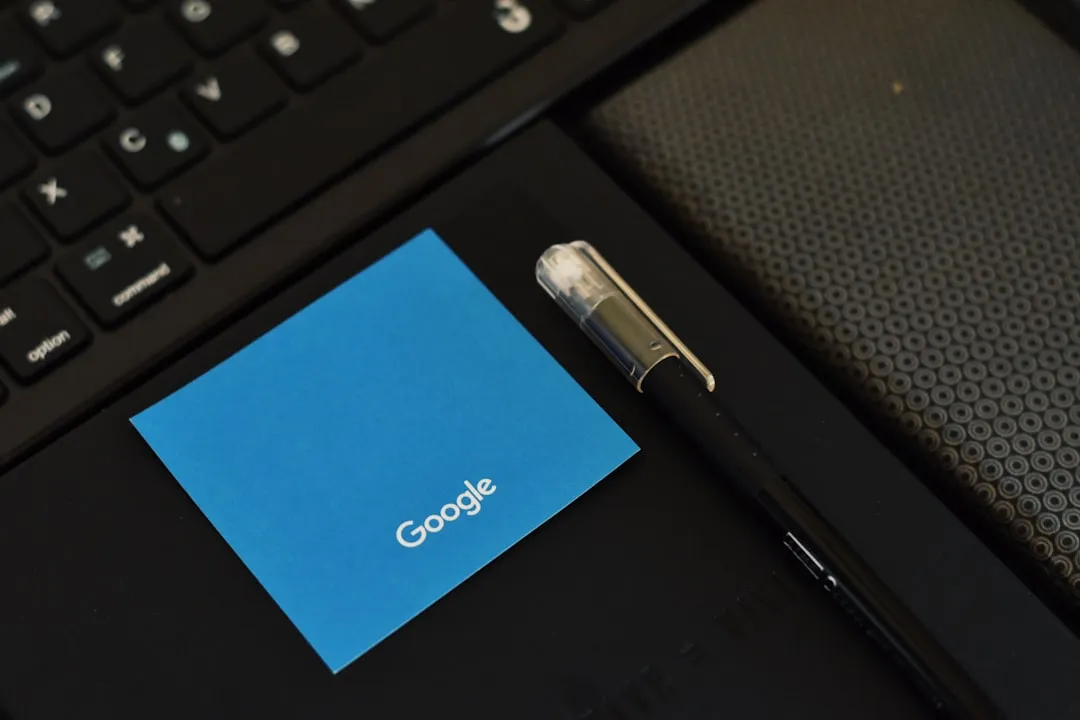
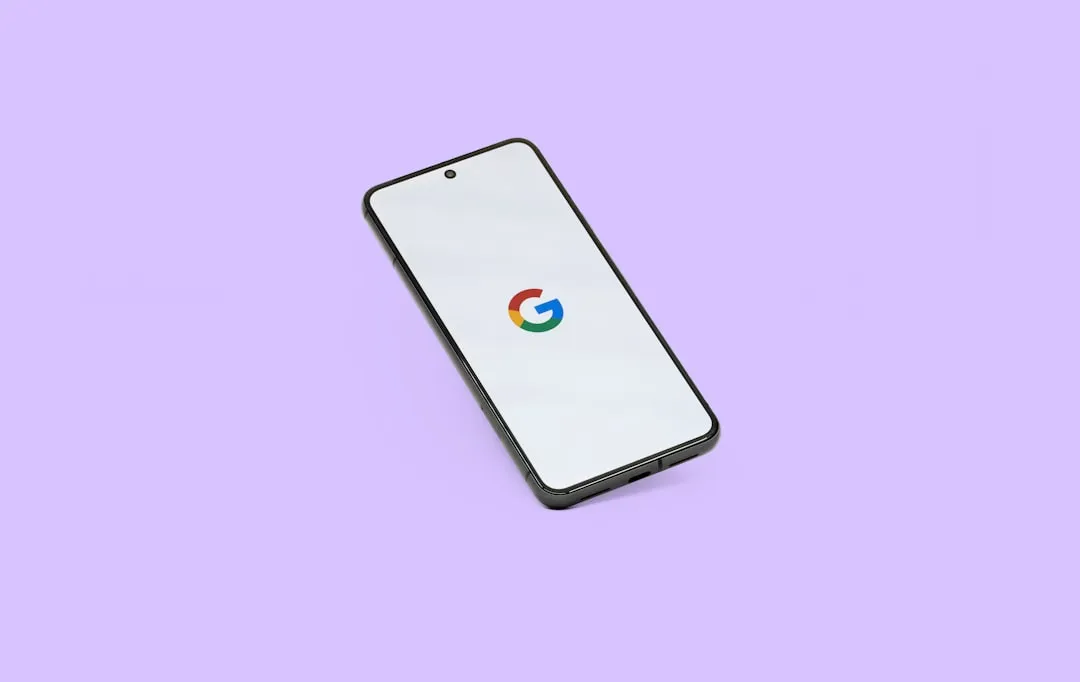
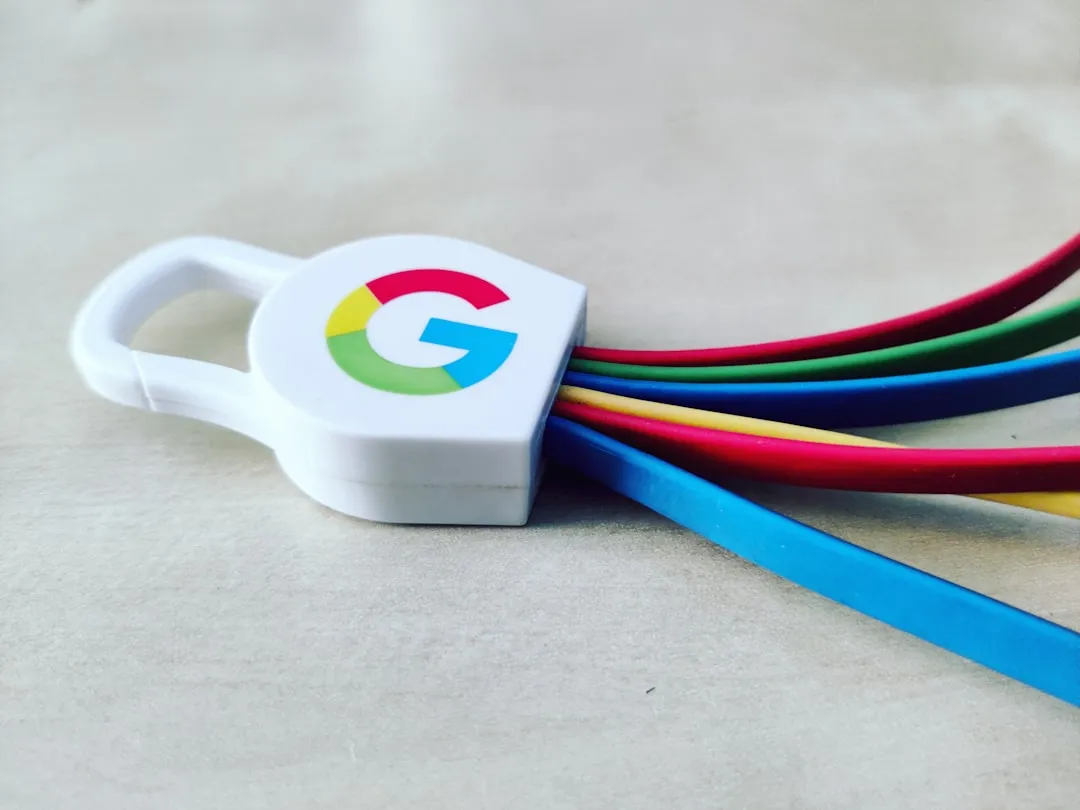
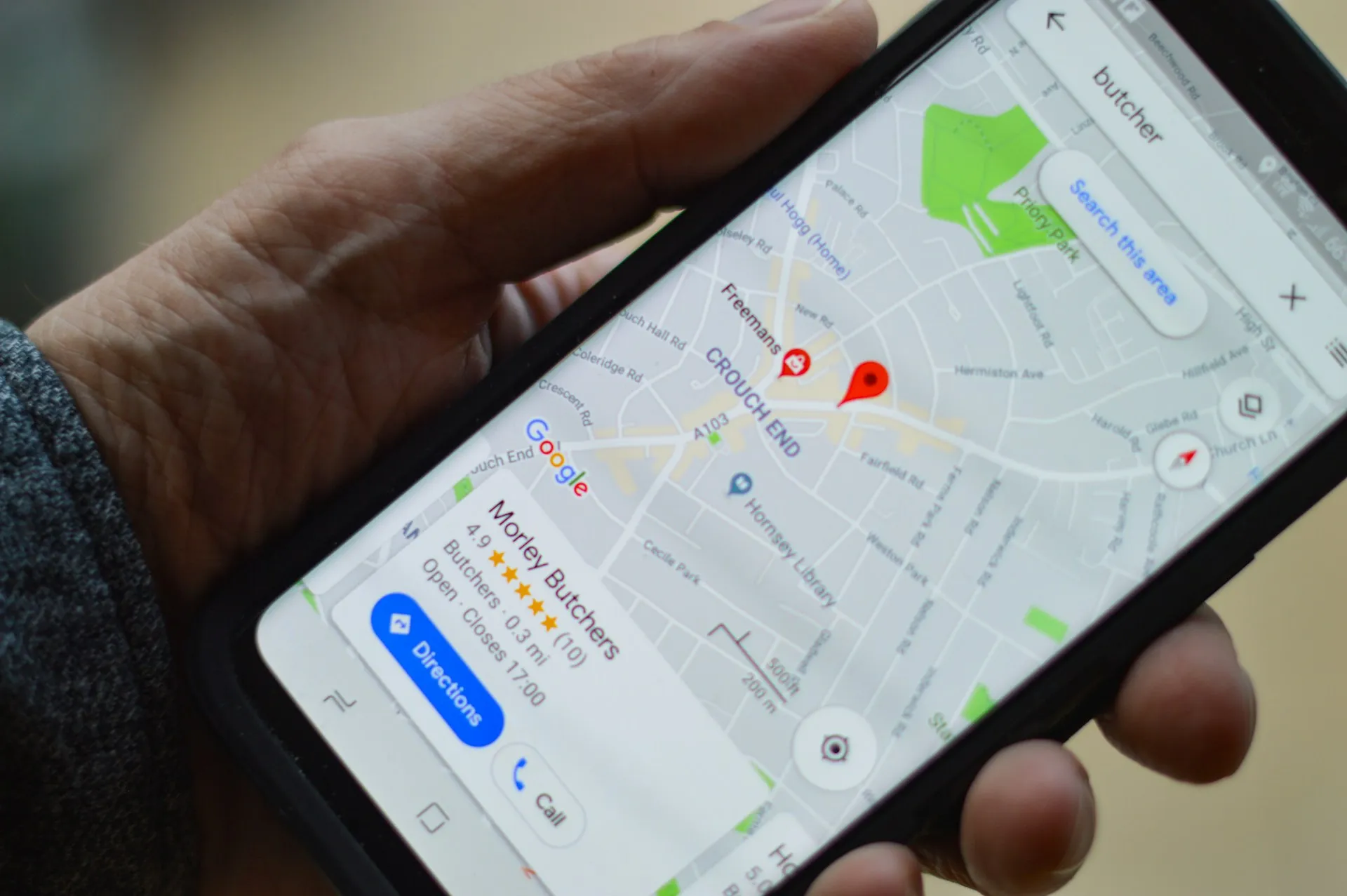
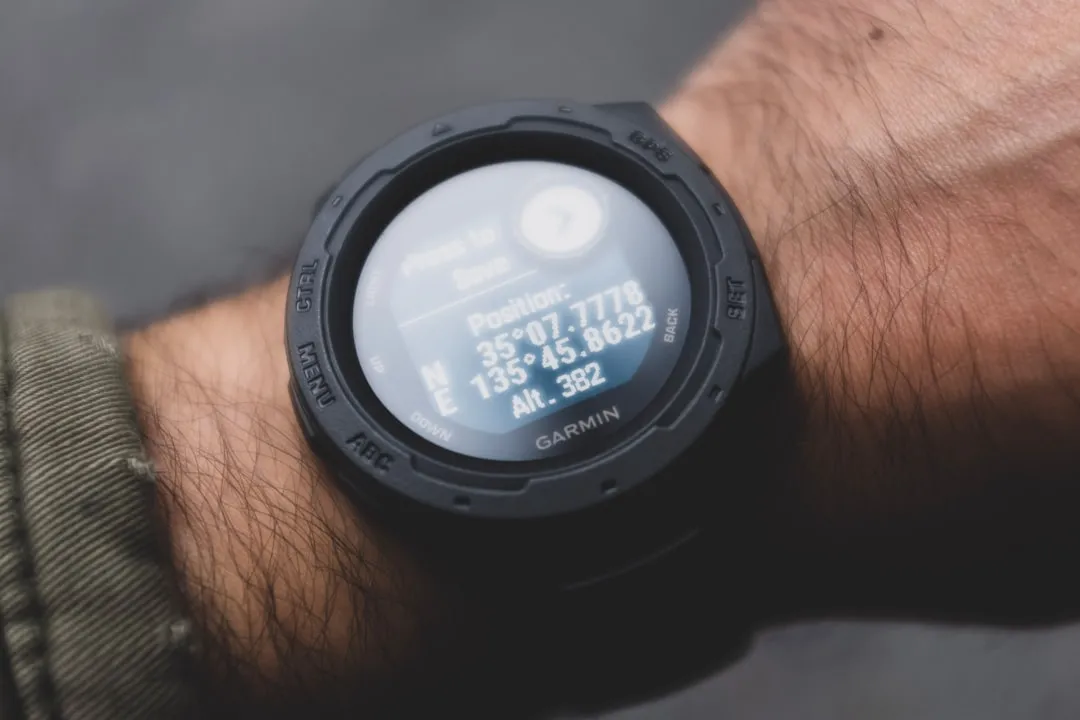

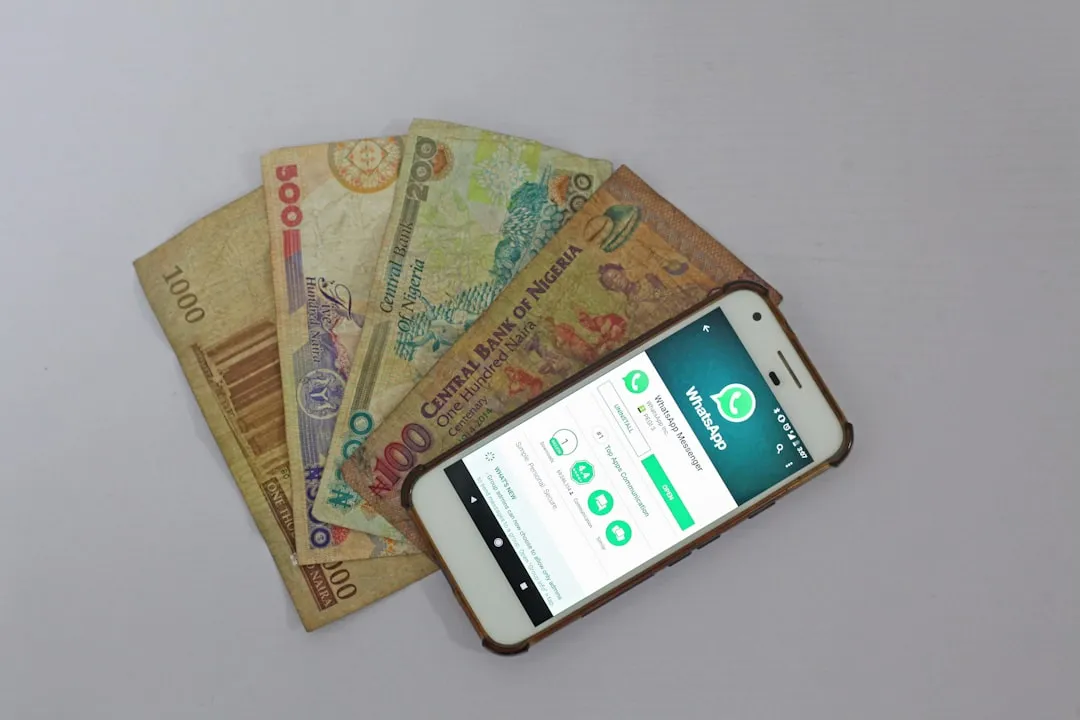
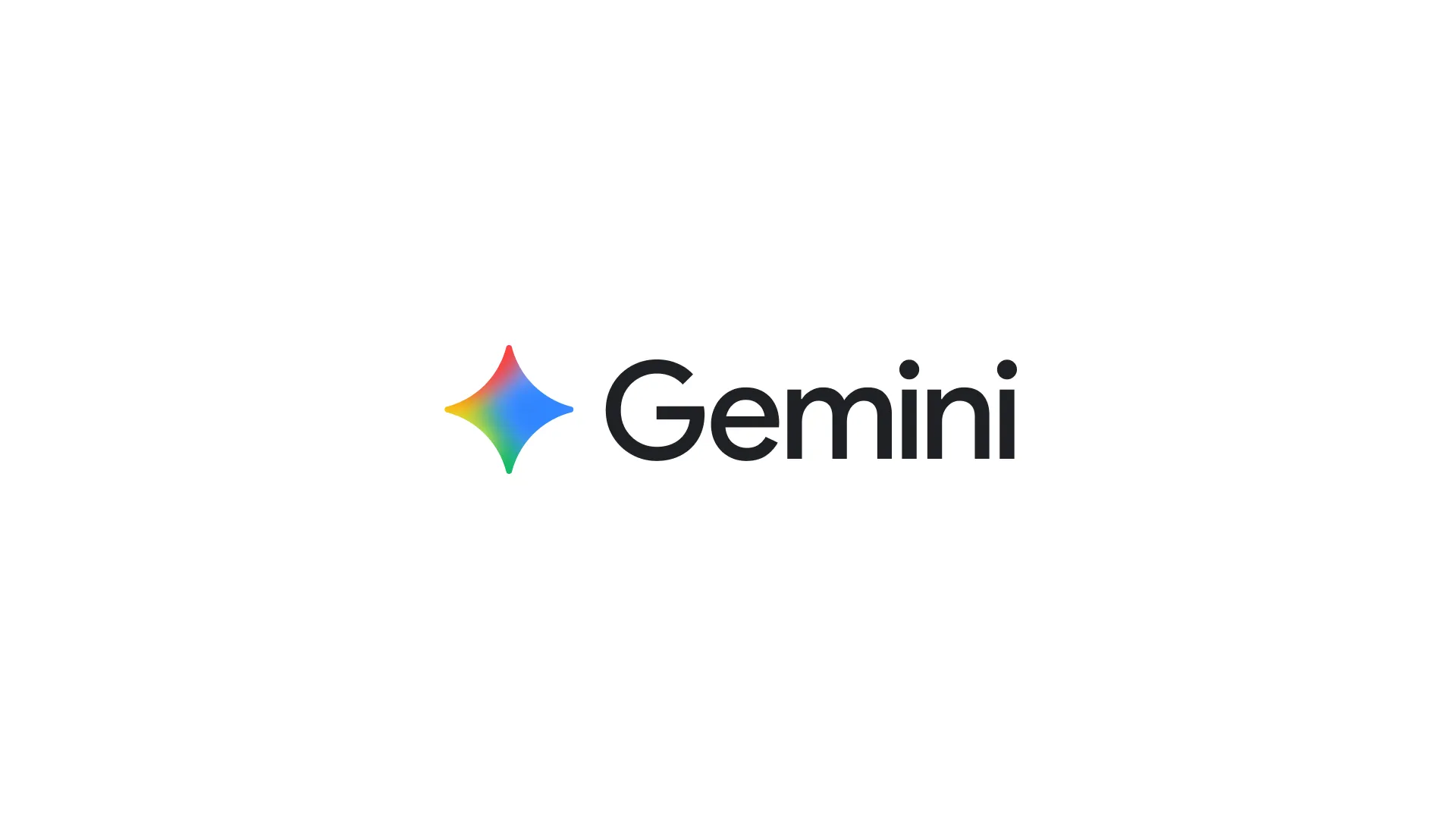
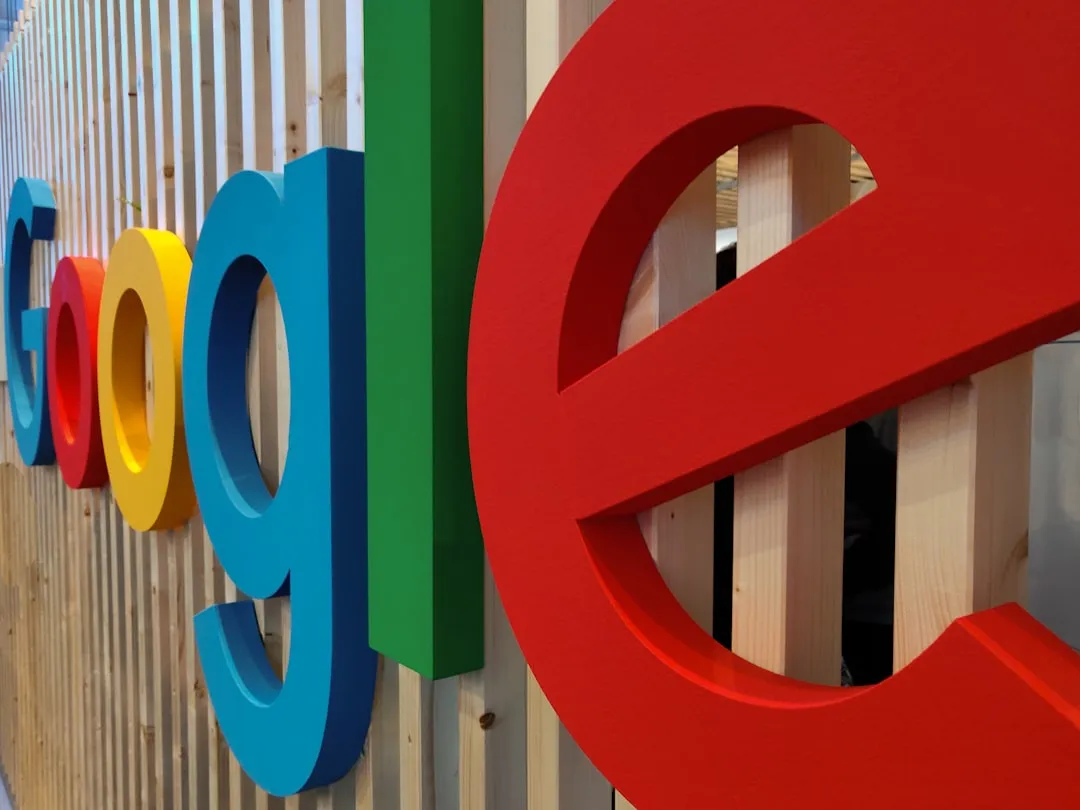
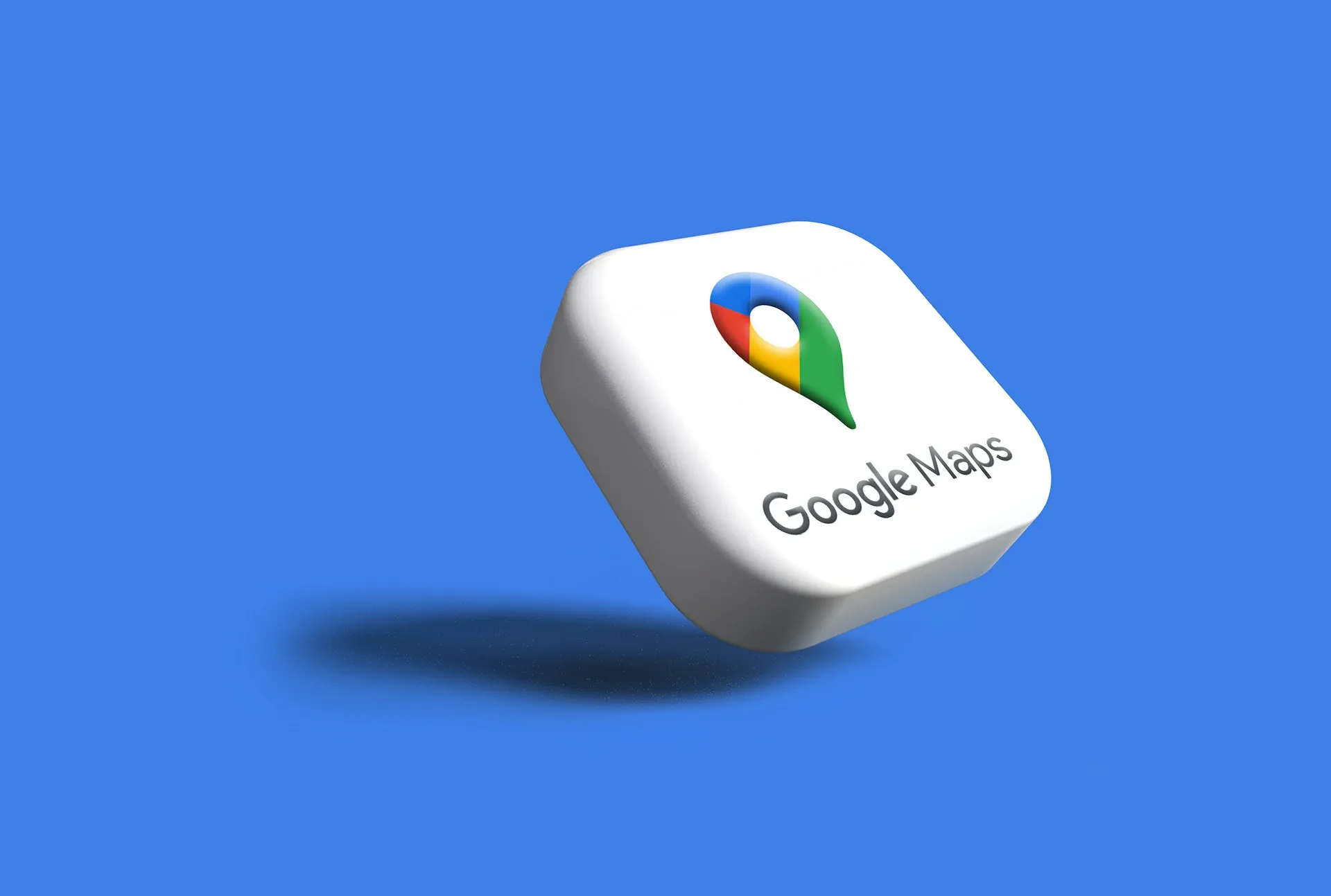
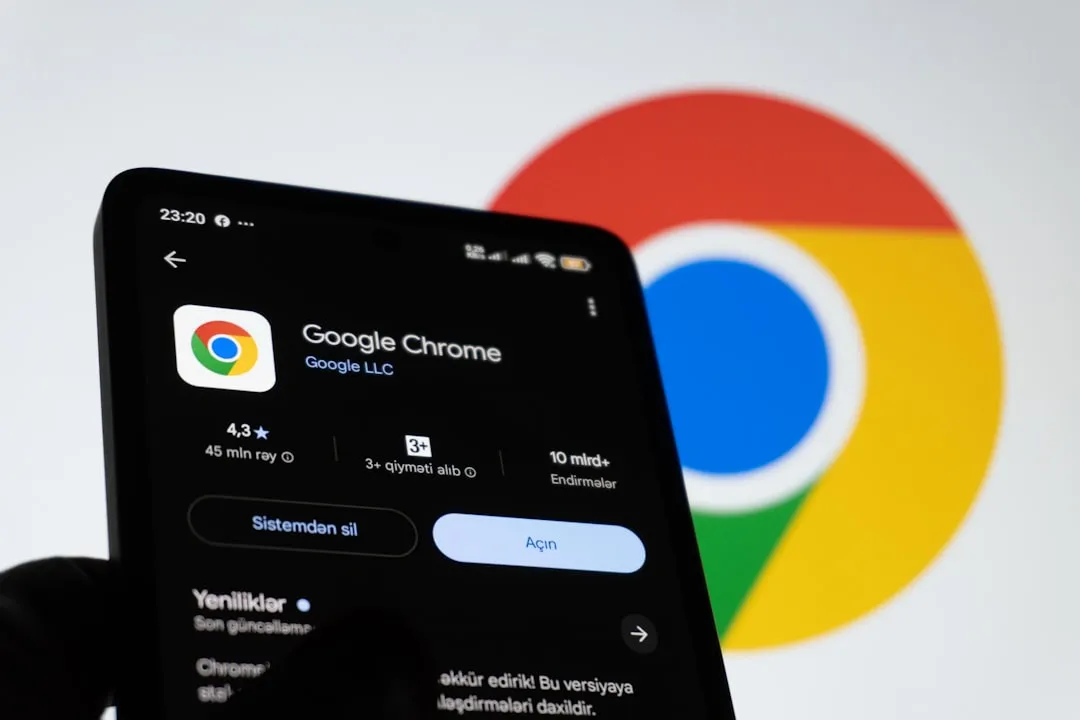

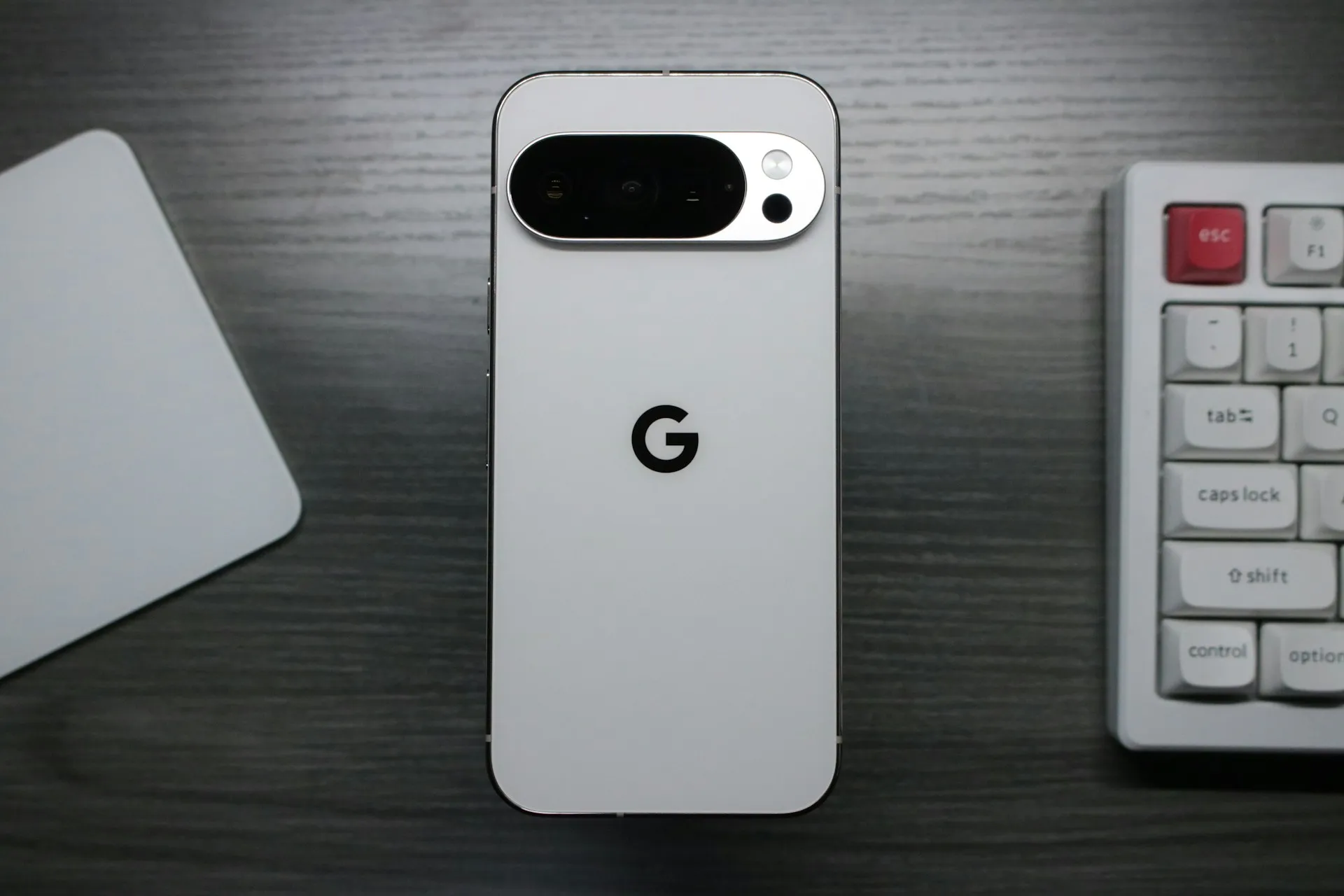
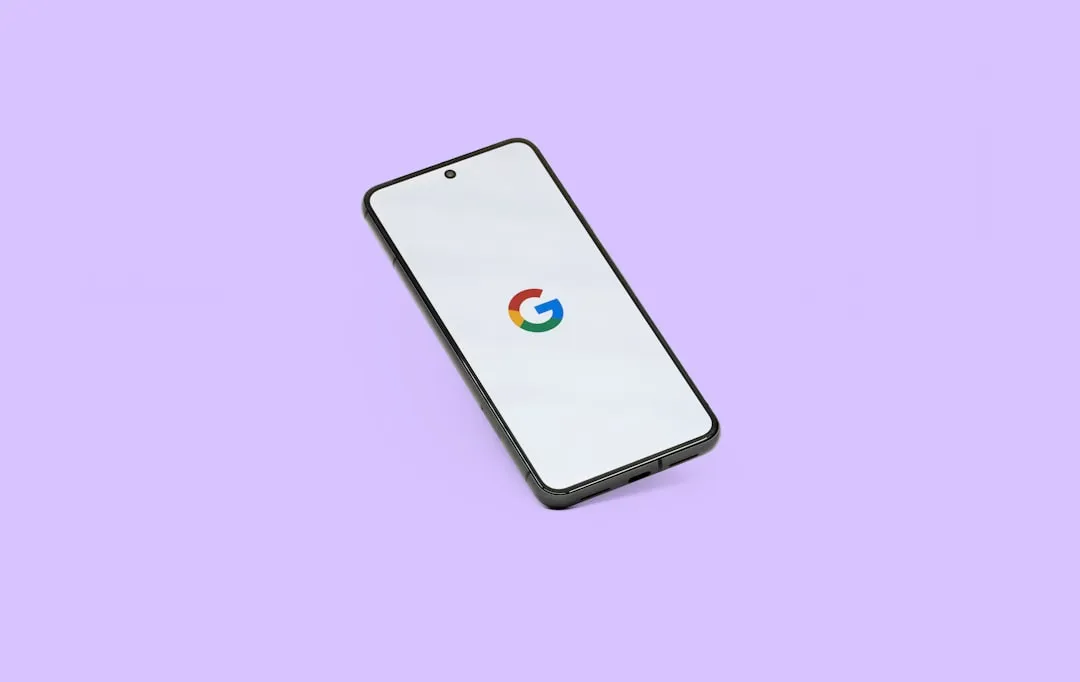
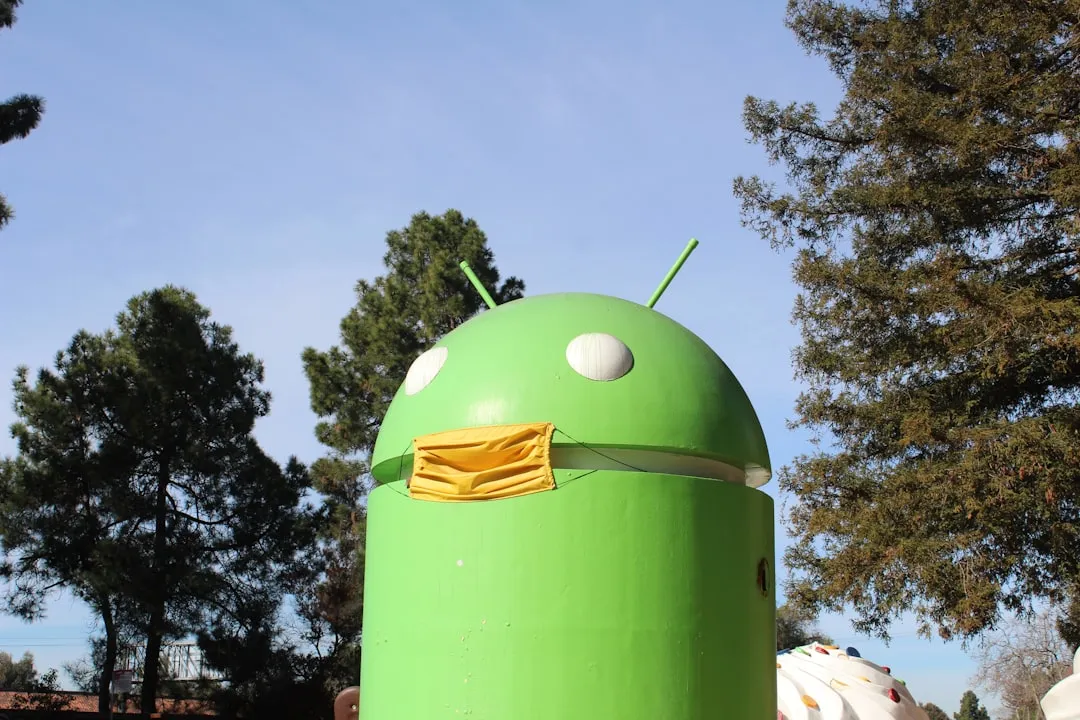
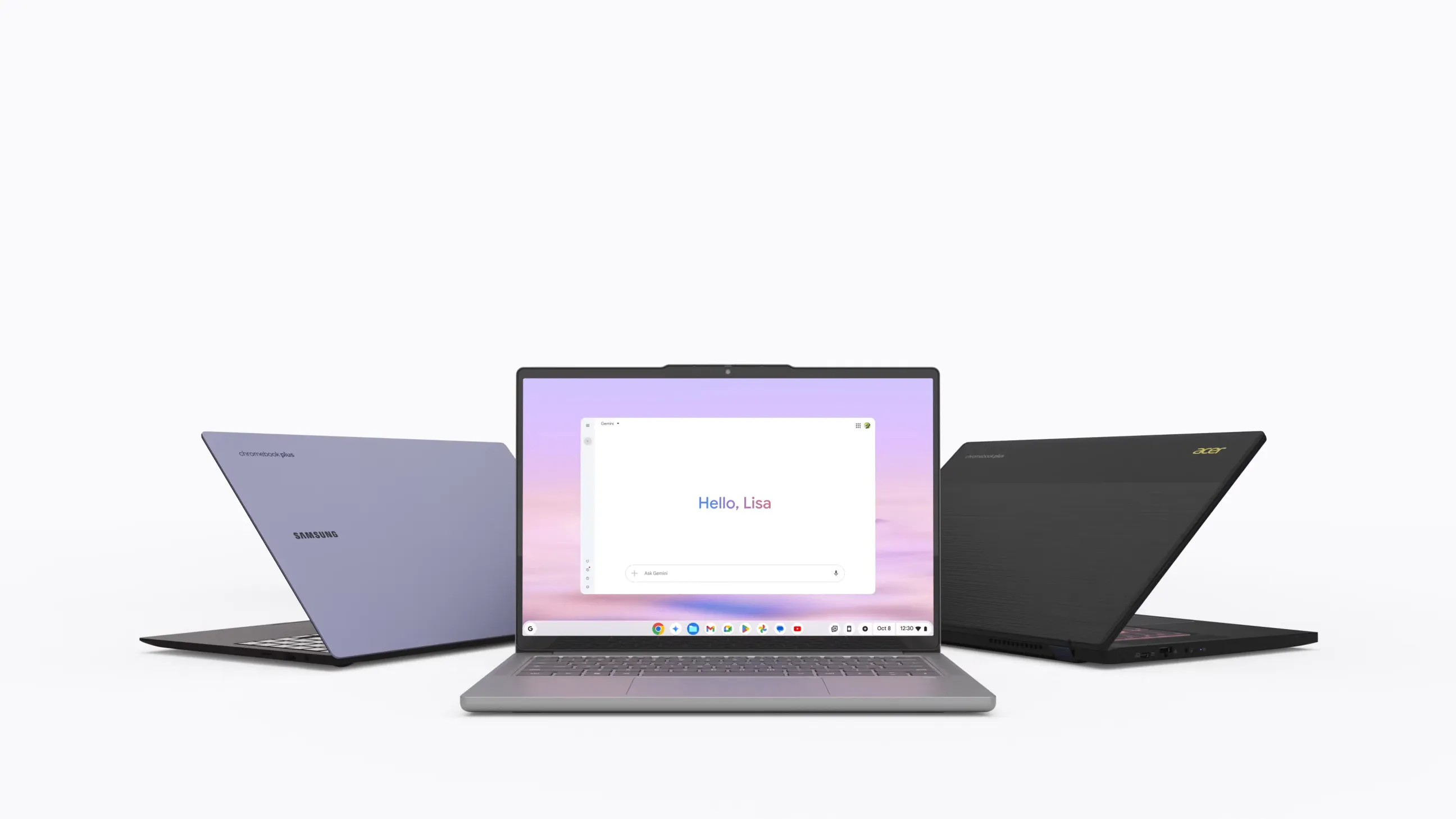

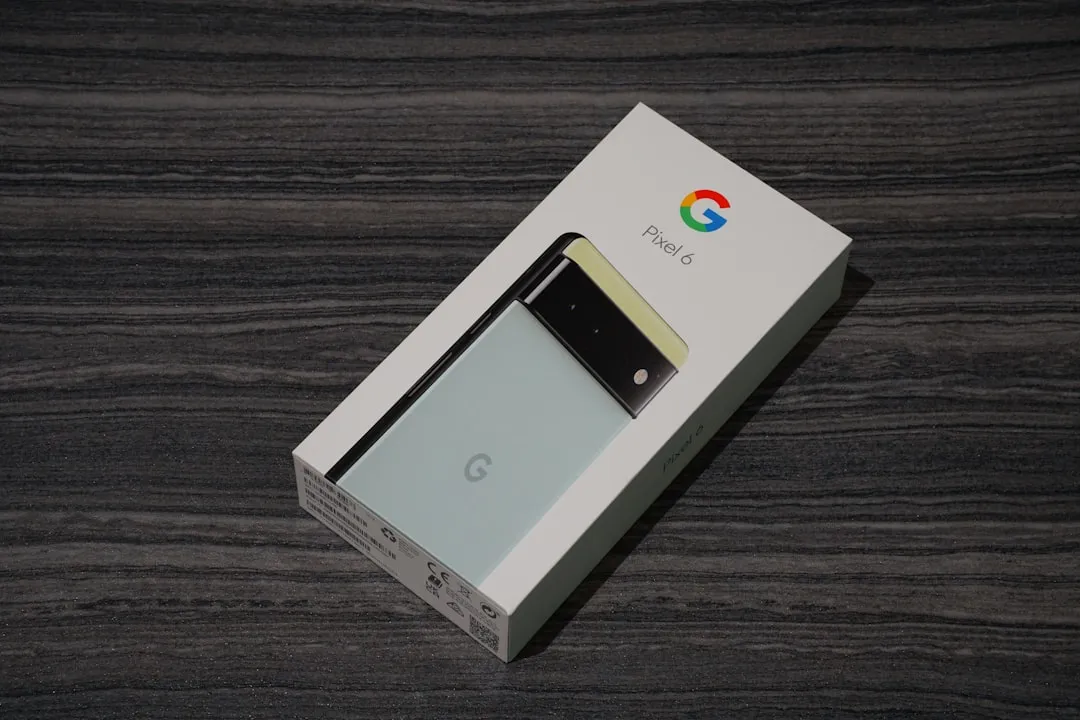
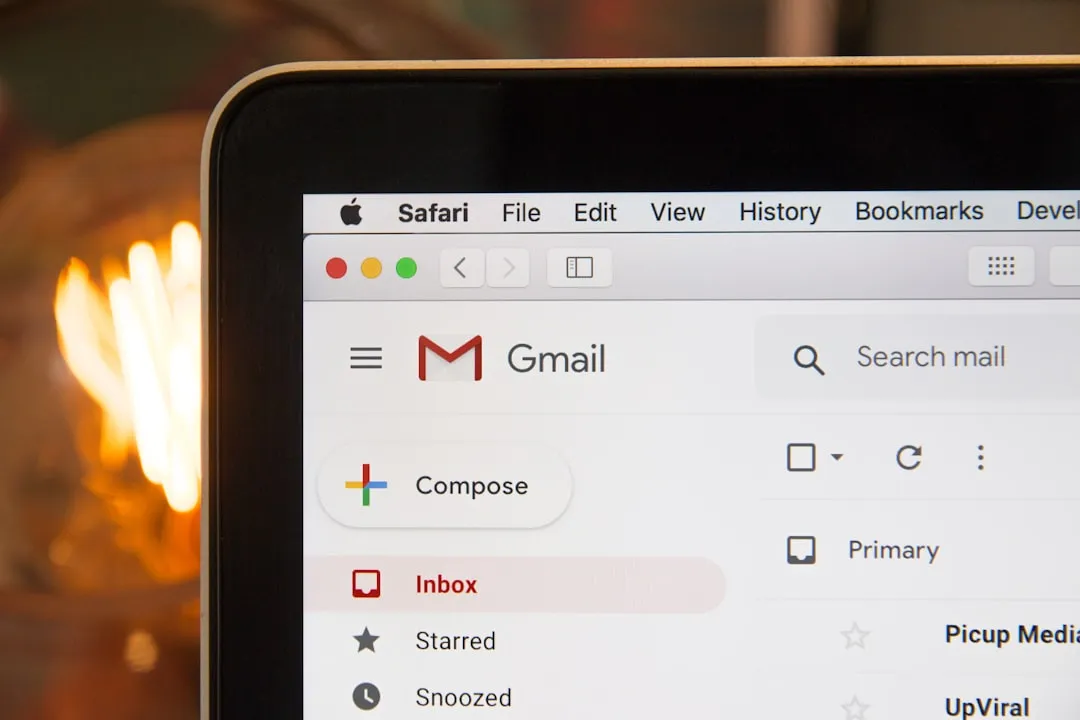
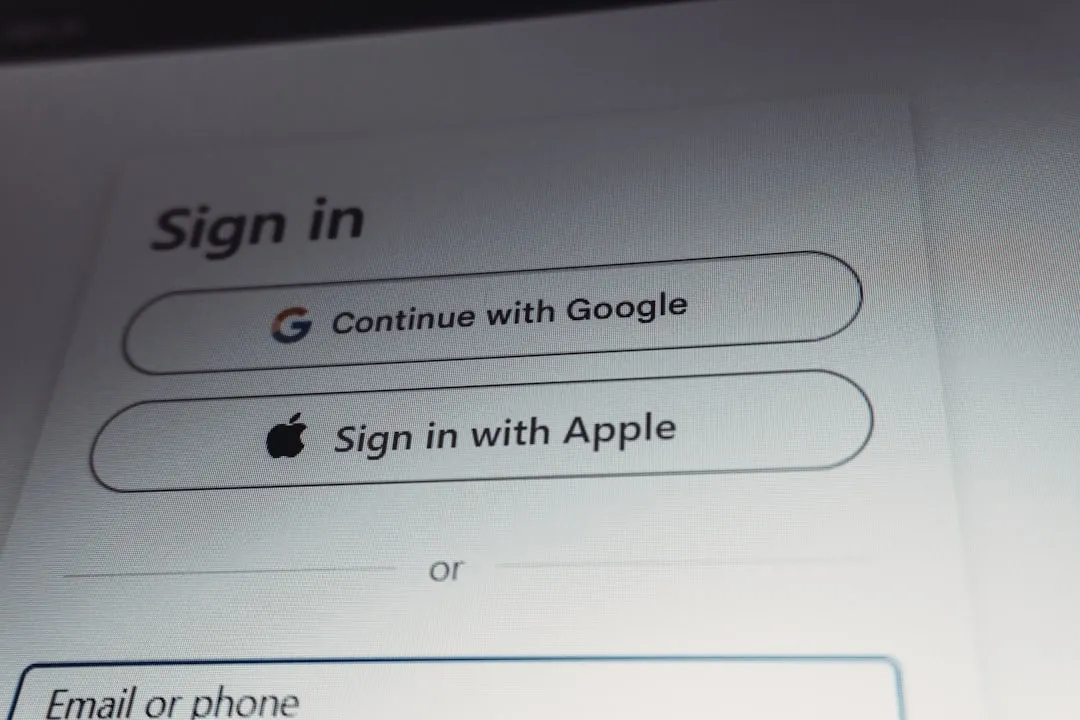
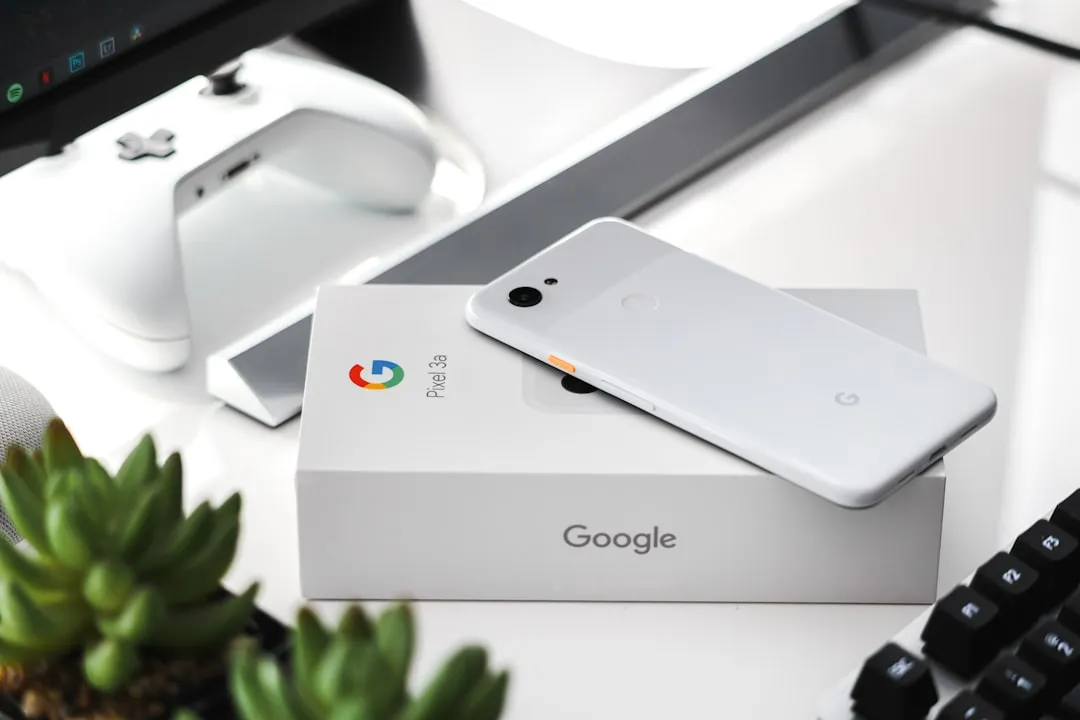
Comments
Be the first, drop a comment!